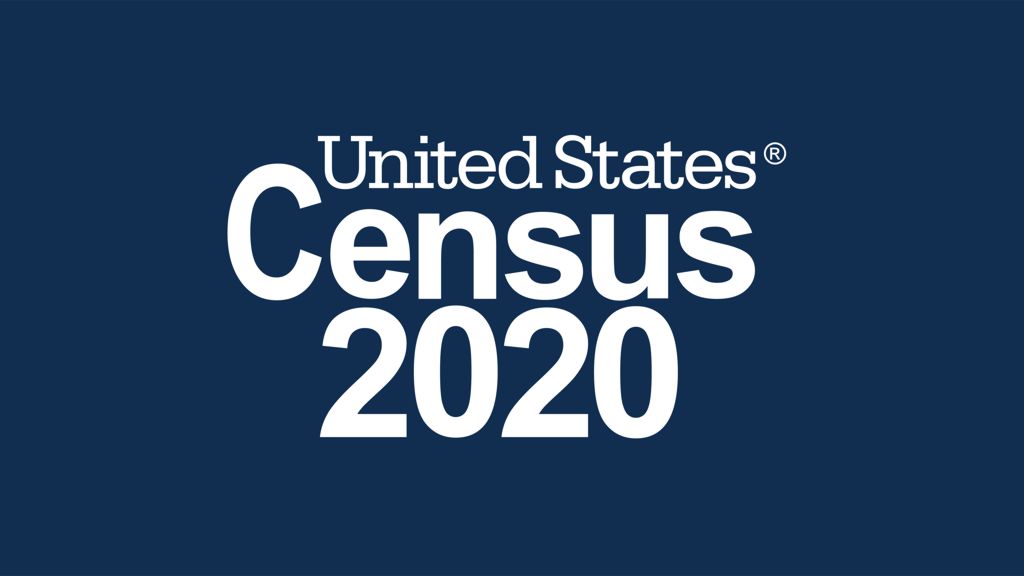In a shocking report, the U.S. Census Bureau recently admitted that it overcounted the populations of eight states and undercounted the populations of six states in the 2020 census.
All but one of the states overcounted is a blue state, and all but one of the undercounted states is red.
Those costly errors will distort congressional representation and the Electoral College. It means that when the Census Bureau reapportioned the House of Representatives, Florida was cheated out of two additional seats it should have gotten; Texas missed out on another seat; Minnesota and Rhode Island each kept a representative they shouldn’t have; and Colorado was awarded a new member of the House it didn’t deserve.
These harmful errors also mean billions in federal funds will be misallocated. Funding for many federal programs is distributed to the states based on population. Overcounted states will now receive a larger share of federal funds than they are entitled to, at the expense of the undercounted states.
The Census Bureau has not explained how it got the 2020 census so wrong. This is particularly troublesome because the bureau reported an error rate of 0.01 percent in the 2010 census—an overcount of only 36,000 people, a statistically insignificant mistake.
The 2020 errors were discovered through the “2020 Post-Enumeration Survey.”
After each census, the bureau interviews a large number of households across the country and then compares the interview answers with the original census responses. The 2020 survey showed that the bureau overcounted the population in Delaware, Hawaii, Massachusetts, Minnesota, New York, Ohio, Rhode Island, and Utah. The largest mistake was in President Joe Biden’s home state of Delaware, which was overcounted by 5.45 percent.
The states whose populations were undercounted were Arkansas, Florida, Illinois, Mississippi, Tennessee, and Texas. The largest error in the undercount was in Arkansas, where the population count was off by 5.04 percent.









